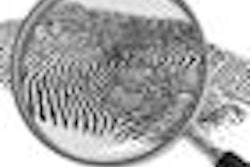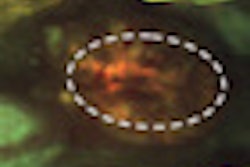One of the most important genes in the human genome is called p53 and its function is to suppress tumors, according to Roger Leng, PhD, a researcher in the Faculty of Medicine & Dentistry at the University of Alberta.
Leng has discovered the mechanism by which p53 is inactivated in cancerous cells, allowing tumors to grow (Nature Medicine, February 13, 2011).
"Successful completion of the proposed experiments could lead to novel anticancer therapies that could potentially improve the prognosis for cancer patients and reduce the public health burden from cancer," Leng said in a university press release.
Scientists have long known that another protein, MDM2, lowers p53 in the body, but in cancerous cells p53 is inactivated in more than 50% of all human tumors. MDM2 does not have the ability to functionally silence the tumor suppressing protein on its own, leaving scientists wondering what molecule in the body is helping MDM2 to nearly eliminate p53 in cancerous cells.
Leng's lab has answered that question, and they say the culprit is UBE4B. Leng found that UBE4B binds with both p53 and MDM2; from there his lab was able to discover the relationship between the proteins.
Paired with MDM2, also known as HDM2 in humans, the two proteins completely degrade p53 in a laboratory model. This is a process known as polyubiquitination, which means a specific protein completely disappears in a cell.
They also did experiments on cancerous human brain tissue and found the same results.
"They have the same function," Leng said. "The idea now is you can target UBE4B and MDM2 won't function."
Now Leng wants to further understand the mechanisms by which UBE4B functions.
"We want to understand how it regulates MDM2," Leng said. "We also want to see, if you get DNA damage, what happens in UBE4B and p53."
All of which could provide answers that eventually lead to a pharmacological target for cancer therapy, the university noted.



















